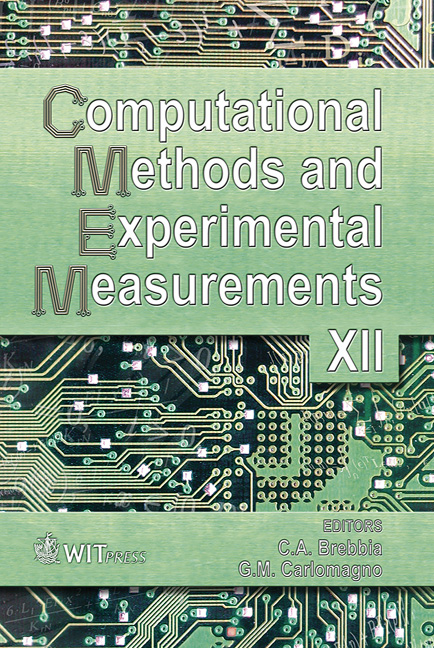Waveform And Turbulence Generation Associated With Large Amplitude Shoaling Internal Waves In The South China Sea
Price
Free (open access)
Transaction
Volume
41
Pages
10
Published
2005
Size
806 kb
Paper DOI
10.2495/CMEM050851
Copyright
WIT Press
Author(s)
R. P. Hornby & R. J. Small
Abstract
Turbulence and the displacement of pycnoclines caused by large amplitude internal waves affect the transport of nutrients and pollutants in coastal seas and the performance of underwater acoustic sensors. Understanding the propagation characteristics of these waves and the mechanisms that result in turbulence formation are therefore important. A Computational Fluid Dynamics (CFD) model has been used to predict the propagation of large amplitude internal waves in an area west of the Luzon Strait and results have been compared with available data from the ONR sponsored Asian Seas International Acoustics Experiment (ASIAEX). Both observations and model indicate a transformation of wave shape from waves of depression to waves of elevation. There is encouraging agreement on the evolved shape of the predicted wave, its phase speed and the currents induced by the wave. Strong turbulence is predicted along the seabed beneath the wave and in the elevated waves appearing behind the leading wave. A more refined CFD grid produces some evidence of small scale Kelvin-Helmholtz (K-H) instability in the leading wave but it would appear that further grid refinement is required together with consideration of background shear to more convincingly reproduce observational findings. Keywords: internal waves, turbulence, Computational Fluid Dynamics. 1 Introduction Large amplitude internal waves are a common feature of the World’s oceans [1]. They are frequently observed near regions of rapidly varying topography, and are
Keywords
internal waves, turbulence, Computational Fluid Dynamics.





